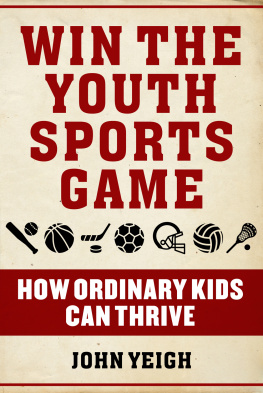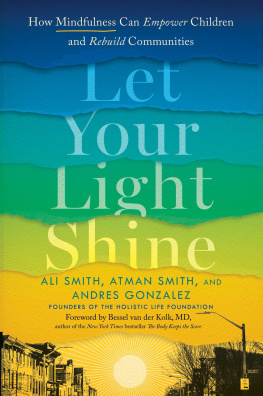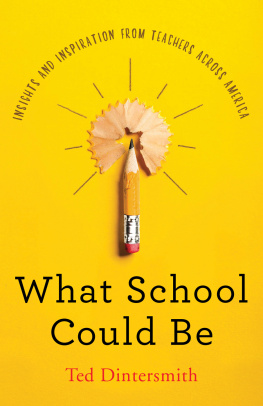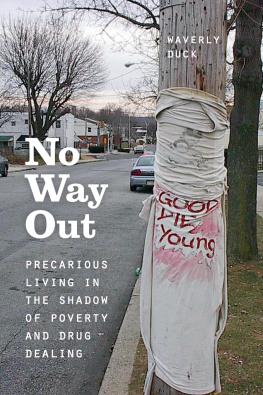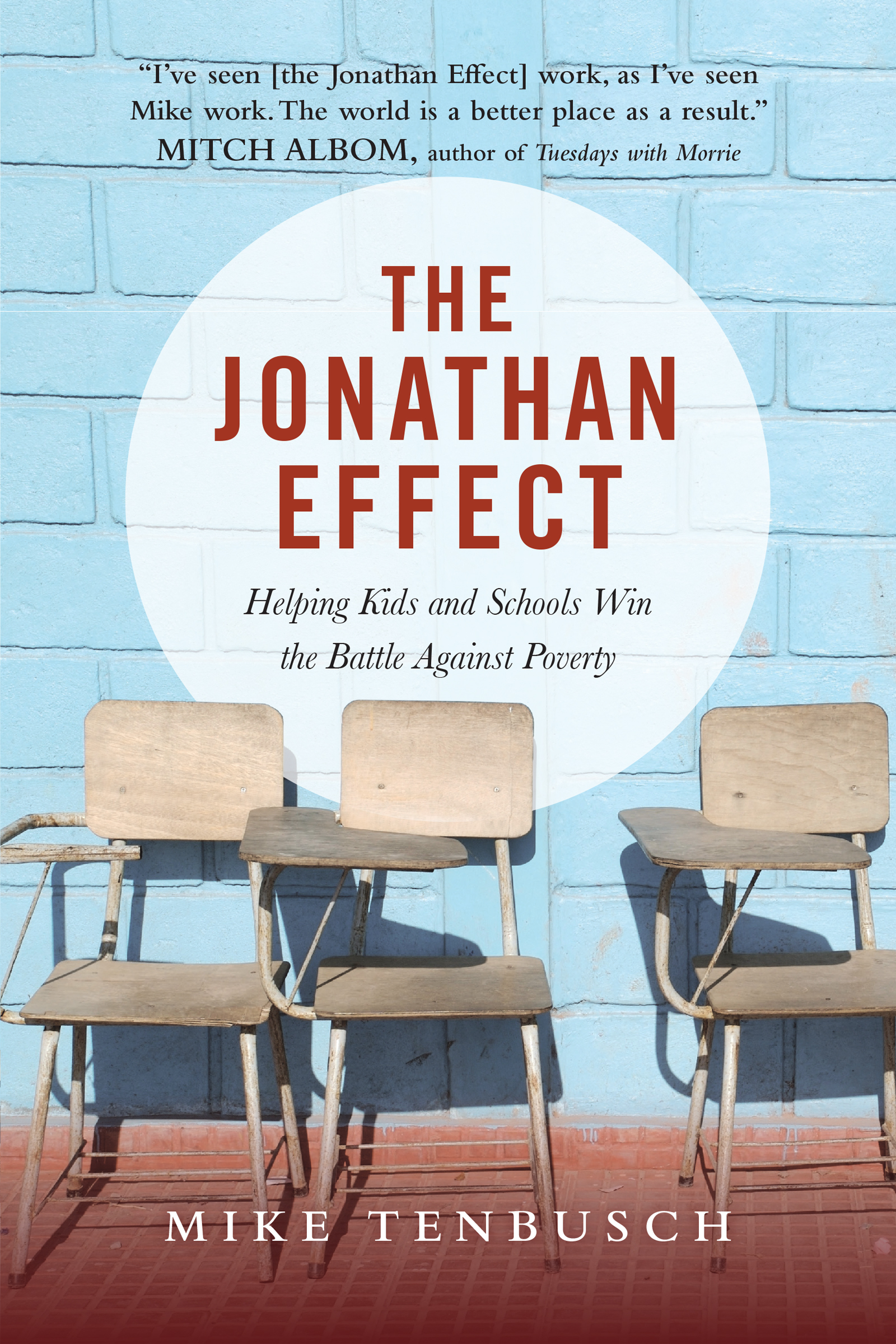Fr. Frank Canfield, SJ,
over the last fifty years.
and the inspiration for this book.
Preface
T he phone in my mothers room blared at 6:15 on a Sunday morning. It was for me. I was a college senior at home for Thanksgiving break. I had been out drinking the night before with a college friend, Karla, who lived down the street. I stumbled into my moms room trying to wake up as I walked.
Karla was on the line. Mike, can you come over? They broke into our house last night.
Aw, man, Im so sorry. Are you okay? I said.
Its my dad, Mike, she replied. They shot him.
Oh my God, Karla, I said, Ill be right there. Is he okay?
Hes dead. She sobbed. They killed him. She cried into the phone and then hung up.
I threw on a sweatshirt and some jeans, and made the longest two-block walk of my life.
Police clustered around the door and front room of Karlas home as I made my way through. Court testimony later revealed that the killers were hiding in the bushes across the street. These same two men had broken into a home the week before, bound and gagged a man, and assaulted his wife in front of him.
But all I knew at that time was that Karla and her college roommate, who had come home with her for the weekend, were sitting numb at the kitchen table, and I had been called to comfort them.
This was not the first time that murder had rocked our block. When I was in kindergarten, my classmate who lived a few doors down from Karla came home to find his mother lying dead on the kitchen floor. She had been beaten by the man who gave her a ride home from a car dealership.
When I was a sophomore in high school, a sixteen-year-old girl who lived three houses down was shot dead by the fifteen-year-old father of their newborn child. Her sister was also shot but survived; that night, at age thirteen, she became the mother of her nephew.
The murder that hurt the most happened that same fall. About a mile from my home, at about midnight Melody Rucker was standing on her porch waving goodbye to the last of her friends who had come to celebrate her sweet-sixteen birthday party at her home. A passing car, filled with fifteen-year-old boys who had been denied entrance to the party a few hours earlier, fired a shotgun at her house. The blast struck Melody, who died in her fathers arms.
Melody was the popular girl at Benedictine High School, a Catholic school across the street from my grade school. Most of the kids I knew loved Melody and wanted revenge, including me. Her murder was one of those tragedies that saddened a city. A few days later, her killers were caught, one of whom turned out to be a friend of mine. How do you exact revenge on a person you love?
In 1987, the year I graduated from high school, the impact of crack and of gangs that used kids to sell drugs had ravished the city. That year, 365 children aged sixteen and under were shot, and forty-three of them died. I remember those numbers because it meant that one child was shot every day of the year, and forty-three was also the number of people killed in the Detroit riots of 1967, two years before I was born. As a kid growing up, it felt like the adults around me were still trying to finish the arguments that fueled the riots rather than focusing on solutions to the everyday violence.
So by the time I sat with Karla and her roommate to comfort them on that Sunday morning in 1990, random killings had become a part of life for me. They hardened me and confounded me at the same time. I went to God often in these times, asking him why he allows these things to happen. And what I heard back was, This isnt my will and You can do something about this.
Ive been consumed by that challenge for the last twenty-five years. In my first job out of college, I taught welfare recipients how to get a job. I was inspired by the power of nonprofits to make change, and I went to law school to learn how to establish and run my own nonprofit to create change more quickly in Detroit. Fresh out of law school, and after a short stint as a law clerk for a federal judge, I cofounded Think Detroit with Dan Varner, a good friend and classmate. Our mission was to build character in young people through sports. We served five thousand kids annually and won praises from the White House before merging with the Detroit Police Athletic League in 2006. We now serve fourteen thousand young people annually and will soon have our headquarters and brand-new fields on the site of the old Tiger Stadium.
While I was leading Think Detroit, Detroits mayor appointed me to serve on the board of Detroit Public Schools. I was horrified by how dangerous our neighborhood high schools had become. Convinced that the best thing for Detroits young people was to start a new school system free of a hundred or so years of rules, regulations and an overpowering sense of hopelessness, I left Think Detroit to help lead one of the pioneering schools in Detroits fledgling charter school movement. Our first senior class in 2007 graduated 93 percent of the freshmen from four years earlier, shattering the districts rate of 58 percent and all of the justifications for the status quo along with it. All we needed were more charter schools, I thoughtbut the leaders of the most promising charter school networks in the nation had no interest in coming to Detroit, despite some of the most supportive laws in the nation to expand charter schools, because the environment was simply too difficult for them, and remains so to this day.



